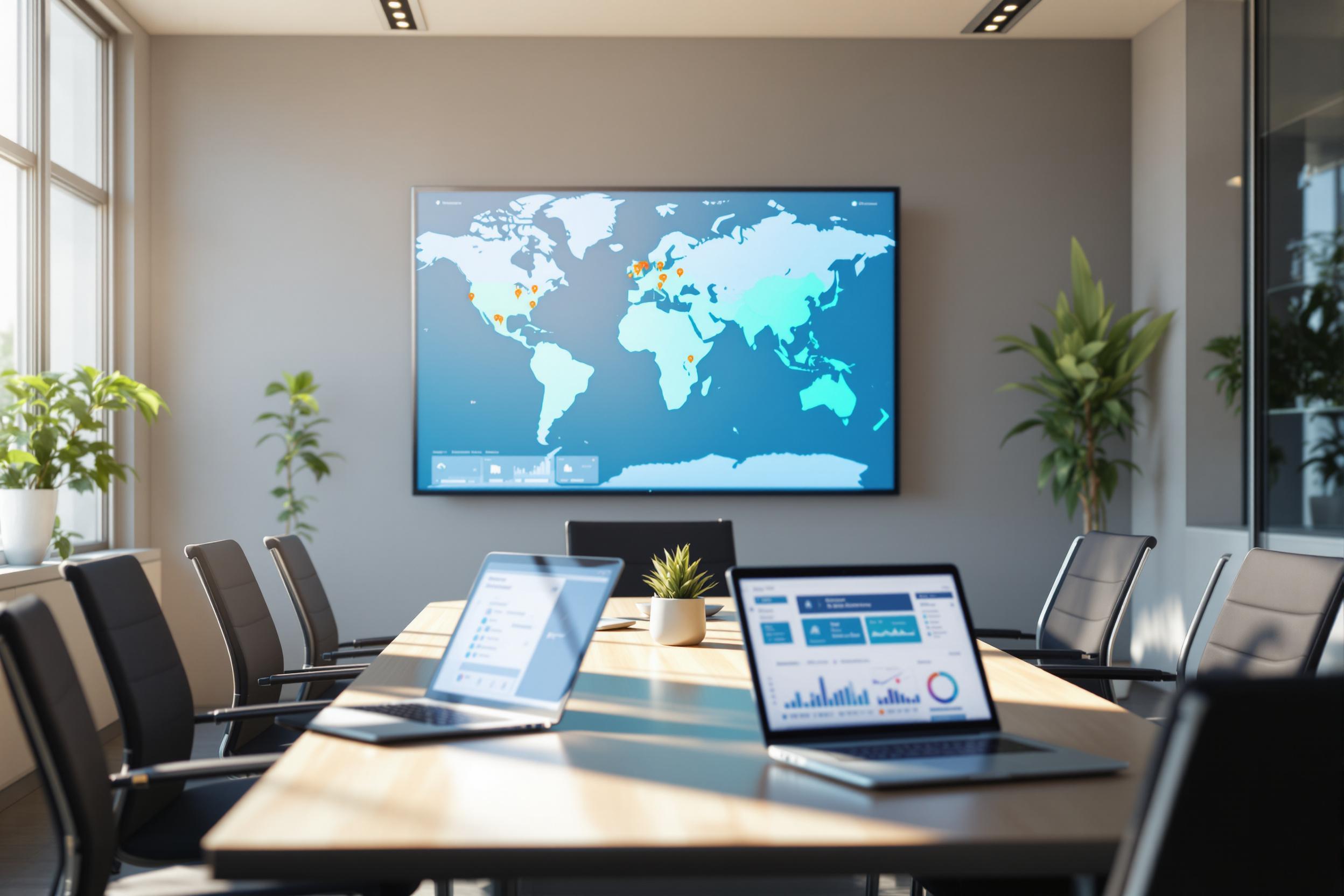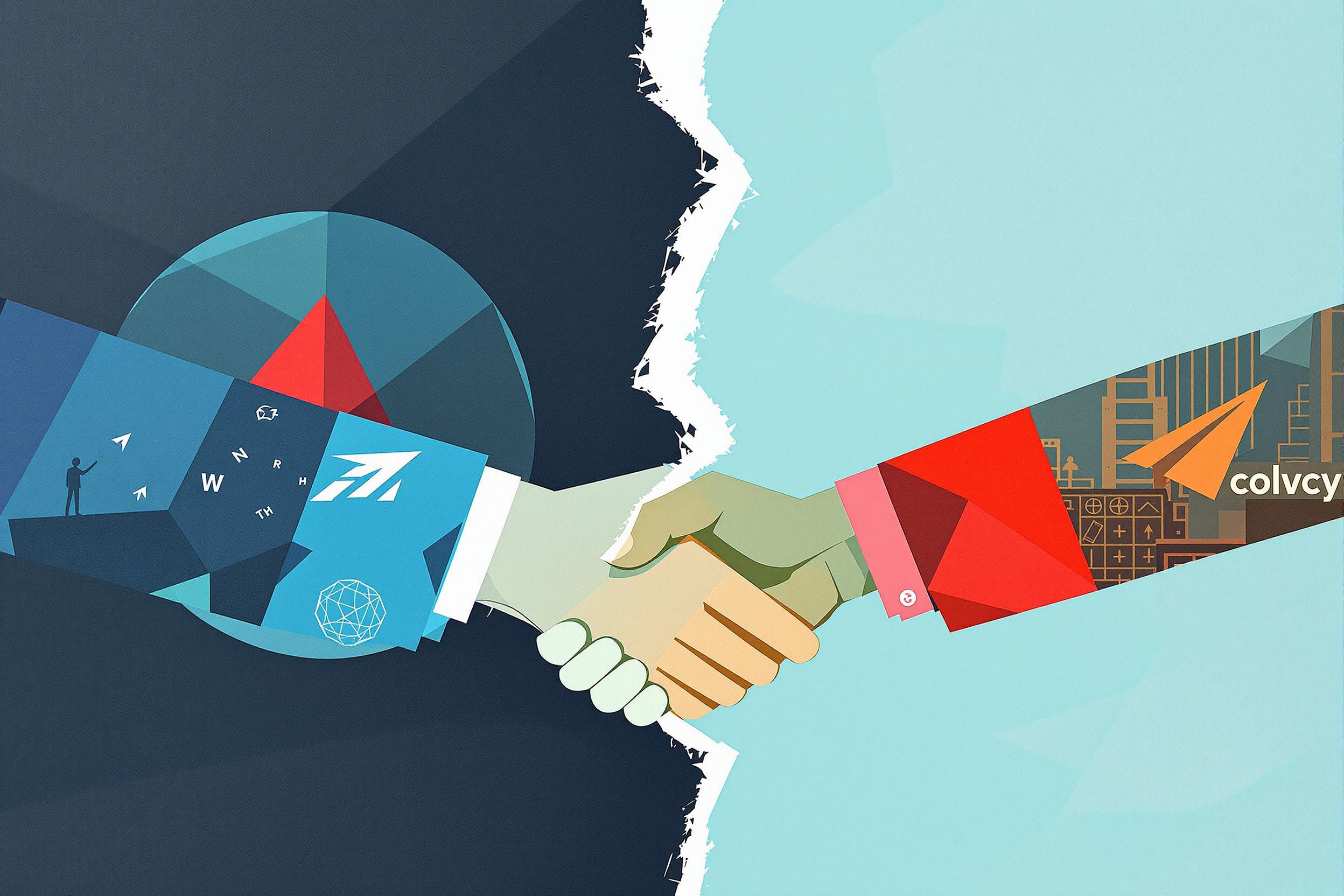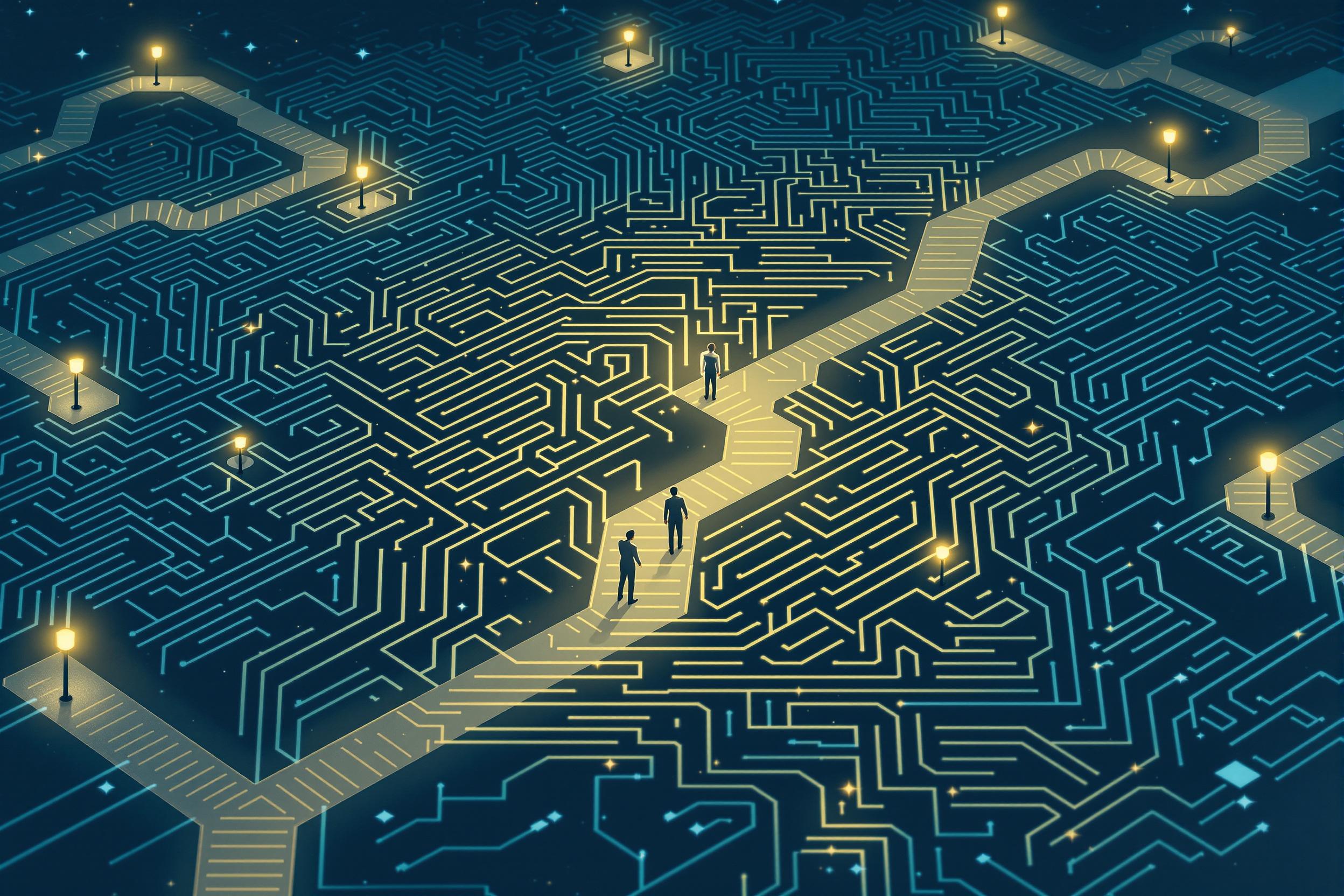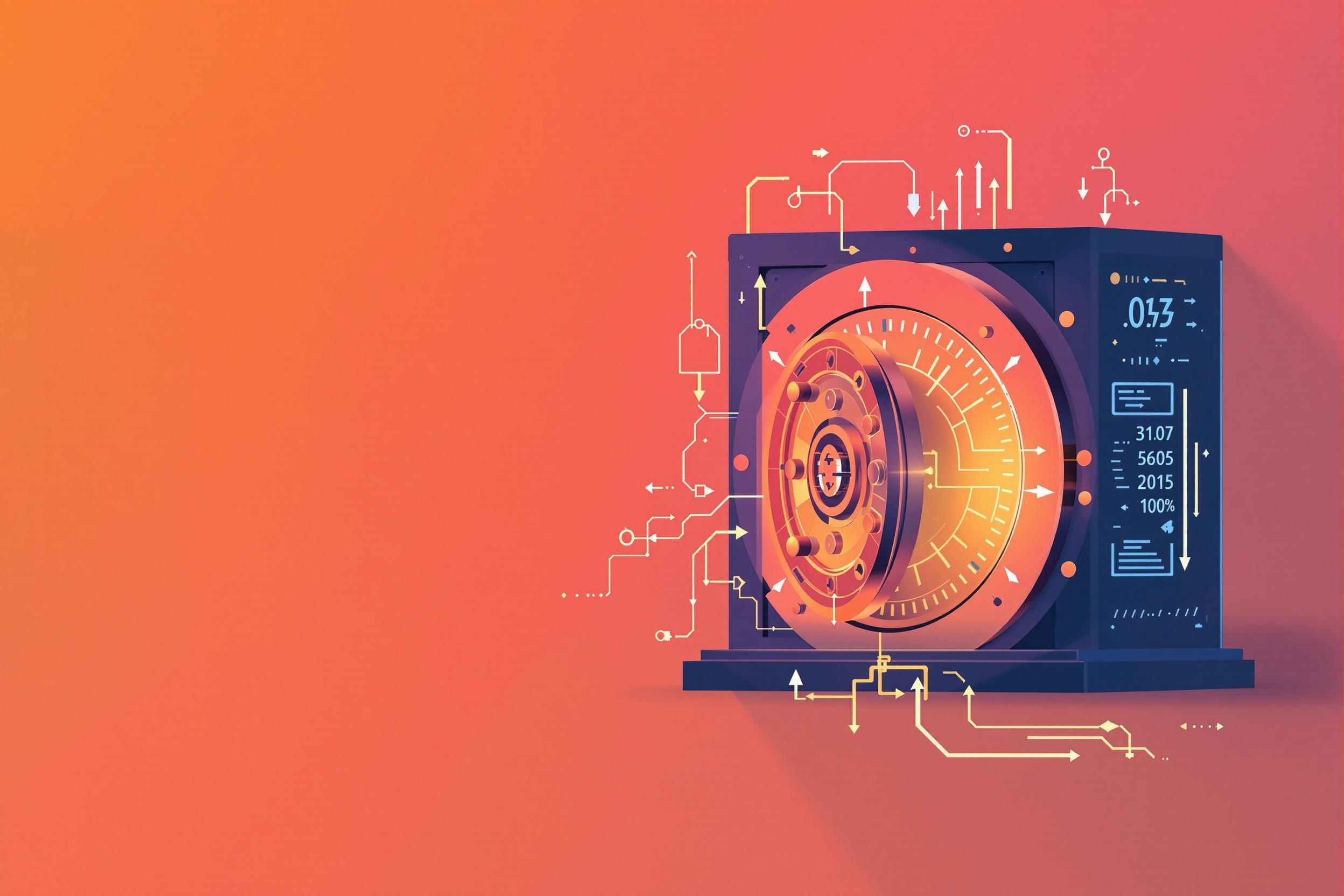
Due Diligence
Due Diligence in art dealing means carefully checking the history, authenticity, and ownership of artworks before buying or selling them. It's like being a detective who makes sure everything about an artwork is legal and genuine. This process helps prevent buying stolen or fake art, and ensures all paperwork is proper. This careful checking is essential because art objects can be very valuable, and mistakes can be extremely costly. Think of it as a thorough background check for artwork.
Examples in Resumes
Conducted Due Diligence research on over 100 artworks for major gallery acquisitions
Developed standardized Due Diligence procedures for authentication of contemporary art pieces
Led Due Diligence investigations for international art transactions exceeding $5M
Typical job title: "Art Researchers"
Also try searching for:
Where to Find Art Researchers
Professional Organizations
Job Boards
Professional Networks
Example Interview Questions
Senior Level Questions
Q: How would you handle a situation where you discover potential issues during a due diligence investigation of a high-value artwork?
Expected Answer: A senior professional should explain their systematic approach to documenting concerns, communicating with stakeholders, recommending additional expert consultations, and developing risk mitigation strategies. They should emphasize the importance of clear documentation and professional discretion.
Q: What resources and databases do you use for conducting thorough provenance research?
Expected Answer: Should mention multiple resources including art loss databases, auction records, museum archives, historical catalogs, and international law enforcement databases. Should explain how to cross-reference information from multiple sources.
Mid Level Questions
Q: What key elements do you check when conducting due diligence on an artwork?
Expected Answer: Should discuss checking ownership history, authenticity certificates, export/import documentation, condition reports, and cross-referencing with stolen art databases. Should mention the importance of documenting findings.
Q: How do you verify the authenticity of documentation provided with an artwork?
Expected Answer: Should explain methods for checking certificates of authenticity, consulting expert opinions, verifying signatures, and cross-referencing with known records. Should mention red flags to watch for.
Junior Level Questions
Q: What is provenance and why is it important in art due diligence?
Expected Answer: Should explain that provenance is the ownership history of an artwork and why it's crucial for establishing legitimacy and value. Should mention basic methods of tracking provenance.
Q: What are the basic steps in conducting due diligence for an artwork?
Expected Answer: Should describe the basic process of gathering documentation, checking databases, verifying certificates, and consulting experts when necessary. Should show understanding of basic research methods.
Experience Level Indicators
Junior (0-2 years)
- Basic research methods
- Database searching
- Document organization
- Basic art history knowledge
Mid (2-5 years)
- Advanced provenance research
- Authentication verification
- International art law basics
- Network of expert contacts
Senior (5+ years)
- Complex investigation management
- Risk assessment
- Expert testimony
- Team leadership
Red Flags to Watch For
- No knowledge of major art databases or research tools
- Lack of attention to detail in documentation
- No understanding of international art market regulations
- Poor communication skills
- Limited knowledge of art history
Related Terms
Need more hiring wisdom? Check these out...

Global Compliance Checks: The Hidden Puzzle Pieces of Background Screening Revealed

When Hiring from Competitors: Goldmine or Landmine?

Navigating Compliance: Structuring On-the-Job Training in Regulated Industries

